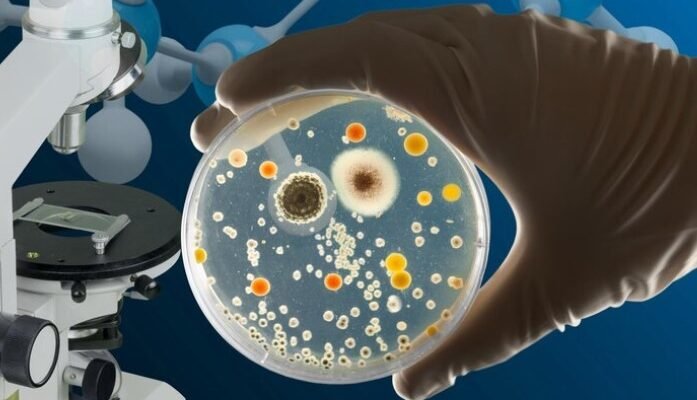New Molecular Device Could Revolutionize Medical and Material Engineering

Scientists from The University of Manchester have achieved a groundbreaking milestone in the field of medical and material engineering. Their latest creation, a first-of-its-kind molecular device, promises to transform drug delivery and self-healing materials. Let’s delve into the details of this remarkable breakthrough.

Harnessing Natural Forces for Targeted Release
The molecular device operates through a force-controlled release system that capitalizes on natural forces to trigger the precise release of multiple small molecules. Imagine a scenario where medicines or healing agents are deployed with surgical precision to the exact location needed within the body. This device makes that vision a reality.
The Role of Rotaxane
At the heart of this innovation lies a novel molecule called rotaxane. Under the influence of mechanical force—such as that observed at an injured or damaged site—rotaxane acts as a molecular switch. When triggered, it releases functional molecules, allowing them to target specific areas. For instance, it could deliver drugs directly to a tumor site or facilitate the repair of damaged materials, like a scratch on a phone screen.
Overcoming Previous Challenges
Traditionally, controlled release systems faced limitations when attempting to simultaneously release more than one molecule. The molecular “tug of war” game between two polymers often resulted in the release of a single molecule. However, the new approach developed by the Manchester researchers is more efficient. It involves two polymer chains attached to a central ring-like structure that slides along an axle supporting the cargo. When force is applied, this system can release multiple cargo molecules simultaneously, overcoming previous constraints.
Versatility and Future Applications
The team demonstrated the versatility of their model by using different types of molecules, including drug compounds, fluorescent markers, catalysts, and monomers. This versatility opens up a wealth of future applications. Imagine self-healing materials that automatically repair themselves when damaged, or targeted drug delivery systems that minimize side effects by precisely delivering medications to affected tissues.
The Road Ahead
As we explore the potential of this molecular device, questions arise: Can two different types of molecules be released simultaneously? Could the integration of monomers and catalysts enable in situ polymerization at the site of damage, creating integrated self-healing systems within materials? The possibilities are limitless, and the researchers are excited to continue their groundbreaking work.
This new molecular device represents a leap forward in medical treatment and material engineering. Its impact could extend far beyond our current understanding, revolutionizing how we approach healing, drug delivery, and material durability.




